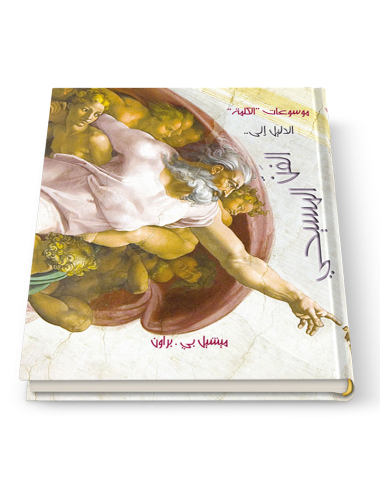The History of Christian Thought
Why would you read about the history of Christian thought? If you are Christian yourself, it helps you to understand about thinkers and the faith of the generations.
0.08 kg - 316 kg
Why would you read about the history of Christian thought? If you are Christian yourself, it helps you to understand about thinkers and the faith of the generations.
Bring the magic of storytelling into your child's life using the everyday world around you!
This book teaches parents to incorporate storytelling into household activities and to address real-life situations in their stories. In a world consumed by online and electronic media, it is refreshing to see how a parent can kindle a child's imagination through the magic of the oral tradition.
In today's unsure, and often unsafe, school environment, professionals need brief but thorough strategies to handle any classroom imbalance.
Christianity has been a central force in the shaping of western culture. It is not surprising, therefore, that the greatest artists down the centuries have sought to paint its story. This book tells the history of Christian art, exploring the purpose behind the masterpieces and looking at the context in which they were created. The modern secular reader who feels detached from the meaning of the paintings will be helped to understand their emotional as well as their asethetic power. And the Christian reader will be encouraged to explore further the wonder and beauty of the Christian cultural legacy. The book includes a final chapter on the way modern artists are continuing and changing the legacy.
What the future will bring? This issue, which opens Young undiscovered Self in this book, which is one of the most influential books there is no more important problem in our society today the plight of the individual in today's world the most systematic and rigorous.
This book is both a testament to a great thinker and a still vital strand of thought in the comprehension and critique of the modern organized world. It is essential reading for younger scholars and a radical reminder for those steeped in the tradition of a critical theory of society.







